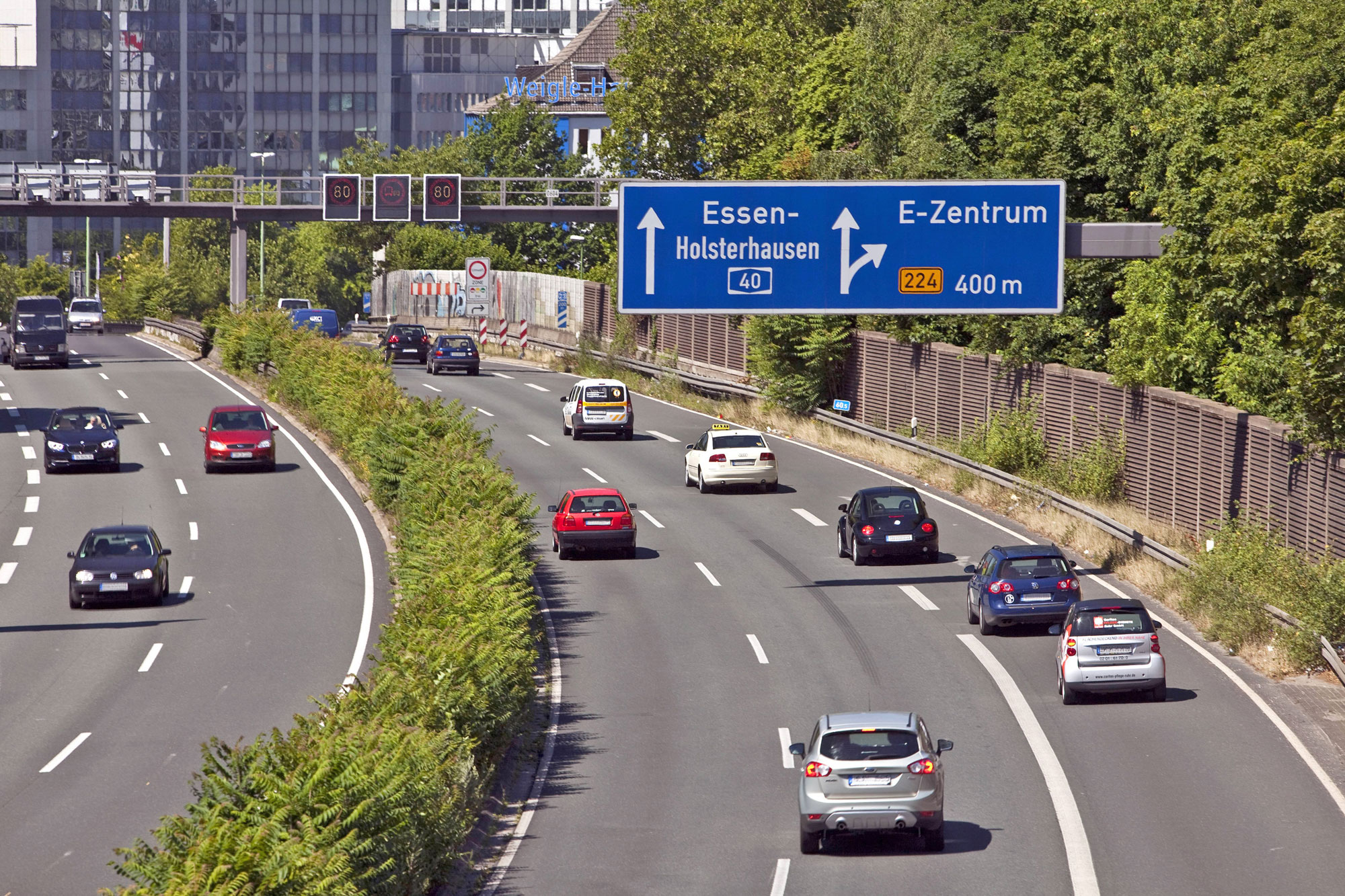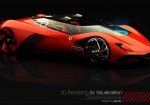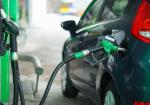Electric Vehicles vs. Autobahn Speeds: Navigating Germany's Fast Lanes in an EV Era

by AutoExpert | 21 October, 2024
For many Germans, hitting the open road at high speeds feels like a right. The autobahn, Germany’s famed highway with sections that famously don't have speed limits, is a symbol of this national passion. Imagine zooming at speeds that, anywhere else, might land you in a heap of trouble—or even jail!
Yet, this thrill could be cooling down as Germany charges ahead with electric vehicles (EVs). Here’s the thing: EVs can zip up to high speeds in a snap but keeping up those speeds munches through battery life like there’s no tomorrow. So, we’ve got to wonder: What's the point of a "no-speed-limit" autobahn if future cars can’t make the most of it?

Now, let’s set the record straight—driving super fast on the autobahn isn’t always the daily reality. Sure, parts of it are a speed demon’s paradise, but a good chunk has permanent speed limits, and heavy traffic often slows things down. I remember zipping around Germany in a powerful Mercedes-AMG a few years back, but even with my foot down as much as possible, I only averaged about 59 mph over 1,400 miles due to various slowdowns.
Lately, the autobahn’s facing some hefty challenges. Political winds are shifting, with parties like the Green Party pushing hard for speed caps. Most Germans are actually on board with this, believing it could slash national CO2 emissions significantly. On top of that, my recent spin from Stuttgart to Munich showed that while my Mercedes EQS 580, a swanky electric sedan, could hit impressive speeds, doing so just isn't practical. It gulps down battery power so fast that I was watching the range drop dramatically, forcing me to slow down way before reaching my destination to recharge.

Here's the scoop on EVs and speed: They're a paradox. They can go fast—really fast—but the faster you go, the quicker you need to recharge. I found myself pulling into a charging station not because I wanted a break, but because the car needed juice after a high-speed stint. While the charging infrastructure in Germany is top-notch, and recharging is cheaper than refueling a gas guzzler, it's not quick. Topping up took me nearly an hour, which is way longer than filling up a gas tank.
So, is high-speed travel on the autobahn feasible with an EV? Technically, yes. But is it wise? Probably not, especially for longer trips where you might end up spending as much time charging as driving.
Our German colleague, who’s more seasoned with EV autobahn runs, had to chuckle at our ‘need for speed.’ He opts for a moderate pace and quick charging stops, which sounds less thrilling but a lot more practical.

In the end, as EVs take over and charging technology evolves, the legendary autobahn might need to adapt. It’s less about "fun, fun, fun on the autobahn" and more about getting from A to B efficiently. Who knows? Maybe the days of blasting down the autobahn at breakneck speeds are numbered, or maybe we’ll find new ways to keep the thrill alive. Either way, Germany’s love affair with fast cars and open roads isn’t ending anytime soon—it’s just changing gears.

















